I'm trying to make a UML class diagram for a very simple scenario. Consider the following code: List<Food> foods = {new Tomato(), new Pizza()}; as a field to class A. Clearly, class A has associations between Tomato and Pizza, but should it also have an association between Food?
Of course, Tomato and Pizza extend from Food :)
